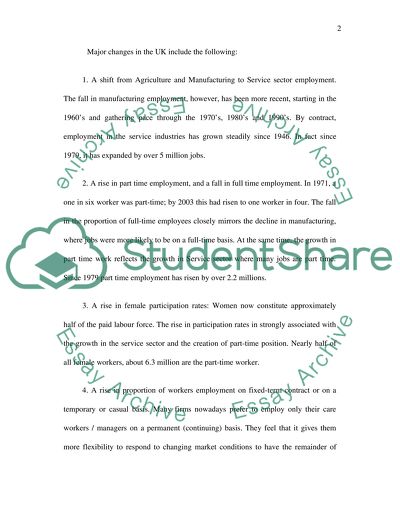Cite this document
(“Unemployment amongst the young and unskilled Essay”, n.d.)
Retrieved from https://studentshare.org/sociology/1525107-unemployment-amongst-the-young-and-unskilled
Retrieved from https://studentshare.org/sociology/1525107-unemployment-amongst-the-young-and-unskilled
(Unemployment Amongst the Young and Unskilled Essay)
https://studentshare.org/sociology/1525107-unemployment-amongst-the-young-and-unskilled.
https://studentshare.org/sociology/1525107-unemployment-amongst-the-young-and-unskilled.
“Unemployment Amongst the Young and Unskilled Essay”, n.d. https://studentshare.org/sociology/1525107-unemployment-amongst-the-young-and-unskilled.


